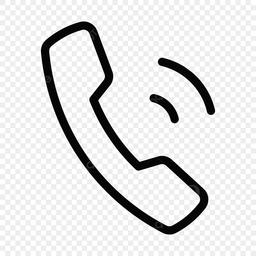What types of cardboard can be baled?
In 2022, 93.6% of cardboard was recycled, making it one of the pillars of the circular economy. Most types of cardboard waste can be baled, including:
- Old corrugated containers (OCC cardboard). The most commonly recycled cardboard has one or more corrugated sheets sandwiched between two outer walls. Additional fluted sheets can be added to increase protection and durability. OCC cardboard includes shipping boxes, pizza boxes, shoe boxes, impact protection pads, dividers, and retail displays.
- Paperboard (solid cardboard). A thin, compact cardboard sheet suitable for high-quality printing, it is used for mass-consumer packaging and retail displays. Paperboard products also include food packaging, retail packaging, cereal boxes, beverage carriers, and some tissue paper products.
- Chipboard. Thicker than paperboard, it includes products such as packaging, dividers, protectors, book covers, and product displays.
But which types of cardboard can be recycled after baling, and more importantly, which ones cannot?
What kind of cardboard cannot be recycled?
While all pure cardboard products are recyclable, cardboard cannot be recycled if it is:
- Coated in wax.
- Contaminated by food or other substances.
- Wet.
Recycling centers require cardboard that is structurally stable enough to be baled and free of contaminants. Cardboard that has a wax coating or has been contaminated by food cannot produce pure paper fibers. Wet cardboard can also clog and damage baling machines.
Benefits of recycling cardboard
Some of the benefits of recycling cardboard include:
- Reduced landfill waste.
- Conservation of natural resources.
- Reduced greenhouse gas emissions.
- Production of 50% less sulfur dioxide.
- Job creation in collection, sorting, and processing.
- Community engagement around environmental impact awareness.
Trends in recycling and demand for sustainable practices are driving technological advancements in the field of cardboard recycling.
What is cardboard made of?
Cardboard products are made from paper pulp, which can either be made from virgin tree fibers or recycled cardboard. The pulp is then bonded into flat liner boards. These sheets are used to make cardboard products.
How is cardboard recycled?
The cardboard recycling process involves the following steps:
- Cardboard is collected from residential curbsides or at recycling drop-off points.
- The cardboard is taken to a recycling facility or paper mill for processing.
- The cardboard is separated from other recyclables such as metal, plastic, and paper.
- The sorted cardboard is compressed into bales.
- The bales are sent for repulping. Paper fibers are cleaned to remove contaminants.
- New cardboard and paper products are made from recycled cardboard fibers.
Cardboard baling tips
- Sort your cardboard. Recycling facilities often require cardboard to be baled by type. This saves time during the recycling process.
- Avoid contamination. Keep recyclable materials away from chemicals or liquids that could contaminate the cardboard.
- Flatten the cardboard completely. Disassemble cardboard boxes to ensure they fit neatly into the baler.
Best cardboard baling wire
Consider your baler, bale density, and storage requirements to choose the right baling wire for bale cardboard. Here are some of the best options:
- Black annealed wire has an oily surface that helps it feed smoothly through high-volume automatic baling machines that are commonly used in cardboard recycling. The rust resistance of galvanized wire is not usually necessary since cardboard bales need to be stored in a dry environment.
Single loop bale ties can be tied to different lengths to accommodate inconsistent bale sizes. They work with horizontal and vertical manual balers. We offer both black annealed and galvanized single loop bale ties. Galvanized bale ties offer enhanced abrasion resistance for baled recyclables that are often handled roughly.
Baling wire products we offer
Baling Wire Direct sells the following high-quality baling wire products.
Baling Wire FAQ
Didn't find your answer?
Our team is just an email away and ready to answer your questions


